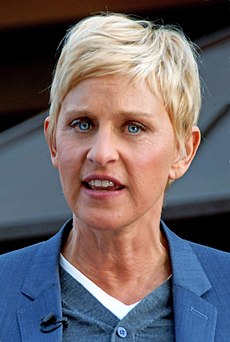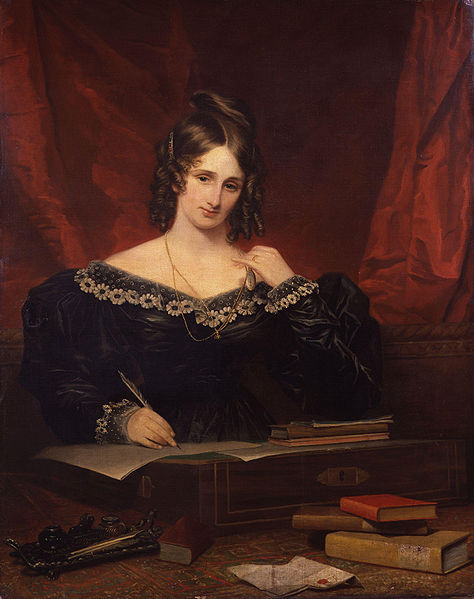Parallels with Human Endeavors
Opposites Like Black and White

Ashley Davidoff Art The Common Vein.net
Things often become clearer when they differ from their surroundings, and they become crystal clear when they are in stark contrast or opposition. This concept mirrors how air bronchograms emerge in radiology when air-filled bronchi stand out against the opaque background of diseased alveoli. Similarly, in life, contrasts—such as good and bad, black and white, heaven and hell—help us define and understand the essence of each side.
Art and Sculpture
Artists often use stark contrasts to convey profound themes or emotions. Michelangelo’s “Last Judgment” in the Sistine Chapel vividly portrays the extremes of heaven and hell, with bright, celestial imagery juxtaposed against dark, chaotic depictions of damnation.
Heaven and Hell Michelangelo
Michelangelo The Last Judgment Sistine Chapel.
Heaven and HellCaravaggio’s works, such as “The Calling of Saint Matthew,” are renowned for their dramatic use of chiaroscuro (light and dark contrast) to highlight the tension between divine and earthly realms, creating a visual metaphor for moral and spiritual clarity.
Enlightened St Matthew and Darkened Background

William Blake’s “The Great Red Dragon and the Woman Clothed in Sun” uses bold contrasts to depict spiritual struggle and cosmic opposition.


Francisco Goya’s “The Third of May 1808” starkly portrays light and dark to emphasize human suffering and the brutality of war.

Prado
Edvard Munch’s “The Scream”: This iconic piece contrasts vivid colors and dark elements to capture despair and existential dread.

Biblical and Religious
Genesis 1:4: “God saw that the light was good, and He separated the light from the darkness.” Symbolic of establishing order and the distinction between good (light) and evil (darkness).
Matthew 7:13-14: “Enter through the narrow gate. For wide is the gate and broad is the road that leads to destruction, and many enter through it. But small is the gate and narrow the road that leads to life, and only a few find it.”
The Broad and Narrow Path

Matthew 7:13-14
by Charlotte Reihlen (idea) and Paul Beckmann (execution)
Revelation 21:8: “But the cowardly, the unbelieving, the vile, the murderers, the sexually immoral, those who practice magic arts, the idolaters, and all liars—they will be consigned to the fiery lake of burning sulfur.” Contrasts the rewards of heaven with the punishments of hell.
Hinduism :

Shiva The god of destruction and transformation is one of the principal deities in Hinduism.
Modified from a photograph courtesy Deepak Gupta
Quotes by Famous People

“Without contraries is no progression. Attraction and repulsion, reason and energy, love and hate, are necessary to human existence.”
– William Blake

“Opposites are not contradictory but complementary.”
– Niels Bohr

“Life is about balance. The good and the bad. The highs and the lows. The piña and the colada.”
– Ellen DeGeneres

“The best and most beautiful things in the world cannot be seen or even touched—they must be felt with the heart. And perhaps that’s why opposites attract.”
– Helen Keller

“Darkness cannot drive out darkness; only light can do that. Hate cannot drive out hate; only love can do that.”
– Martin Luther King Jr.

“Every sweet has its sour; every evil its good.”
– Ralph Waldo Emerson
Literature
“Candide” by Voltaire (1759)

This satirical novella contrasts optimism (positive) and pessimism (negative) through the misadventures of Candide, exposing the absurdities of human suffering and the search for meaning.
Key Quote: “All is for the best, in the best of all possible worlds.”
“Frankenstein” by Mary Shelley (1818)

The duality of creation (positive) and destruction (negative) is explored through Victor Frankenstein’s quest to animate life and the consequences of his ambition.
Dr. Jekyll and Mr. Hyde” by Robert Louis Stevenson (1886)

The novella explores the duality of human nature through the contrasting personas of Dr. Jekyll (good) and Mr. Hyde (evil).
Key Quote: “Man is not truly one, but truly two.”
“Crime and Punishment” by Fyodor Dostoevsky (1866)

This novel examines guilt and redemption, contrasting moral degradation with the hope of spiritual rebirth.
Key Quote: “Pain and suffering are always inevitable for a large intelligence and a deep heart.”
“Wuthering Heights” by Emily Brontë (1847)

The wild and passionate Heathcliff is set in contrast to the more refined and orderly Linton family, embodying elemental opposites of nature versus culture.
Key Quote: “Whatever our souls are made of, his and mine are the same.”
Key Quote: “Beware; for I am fearless, and therefore powerful.”



